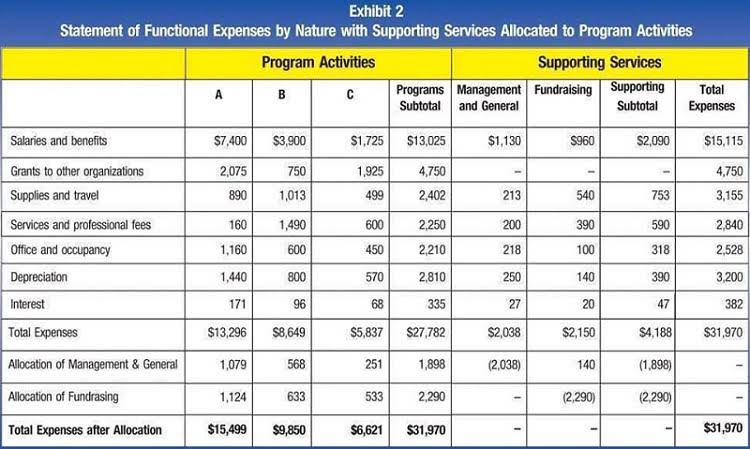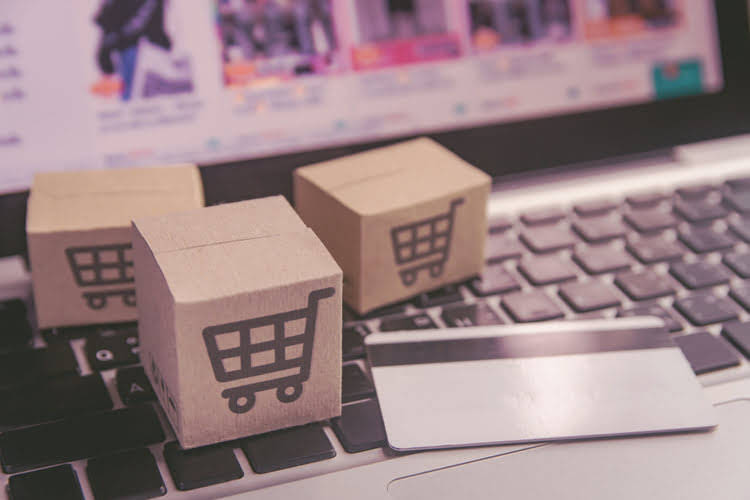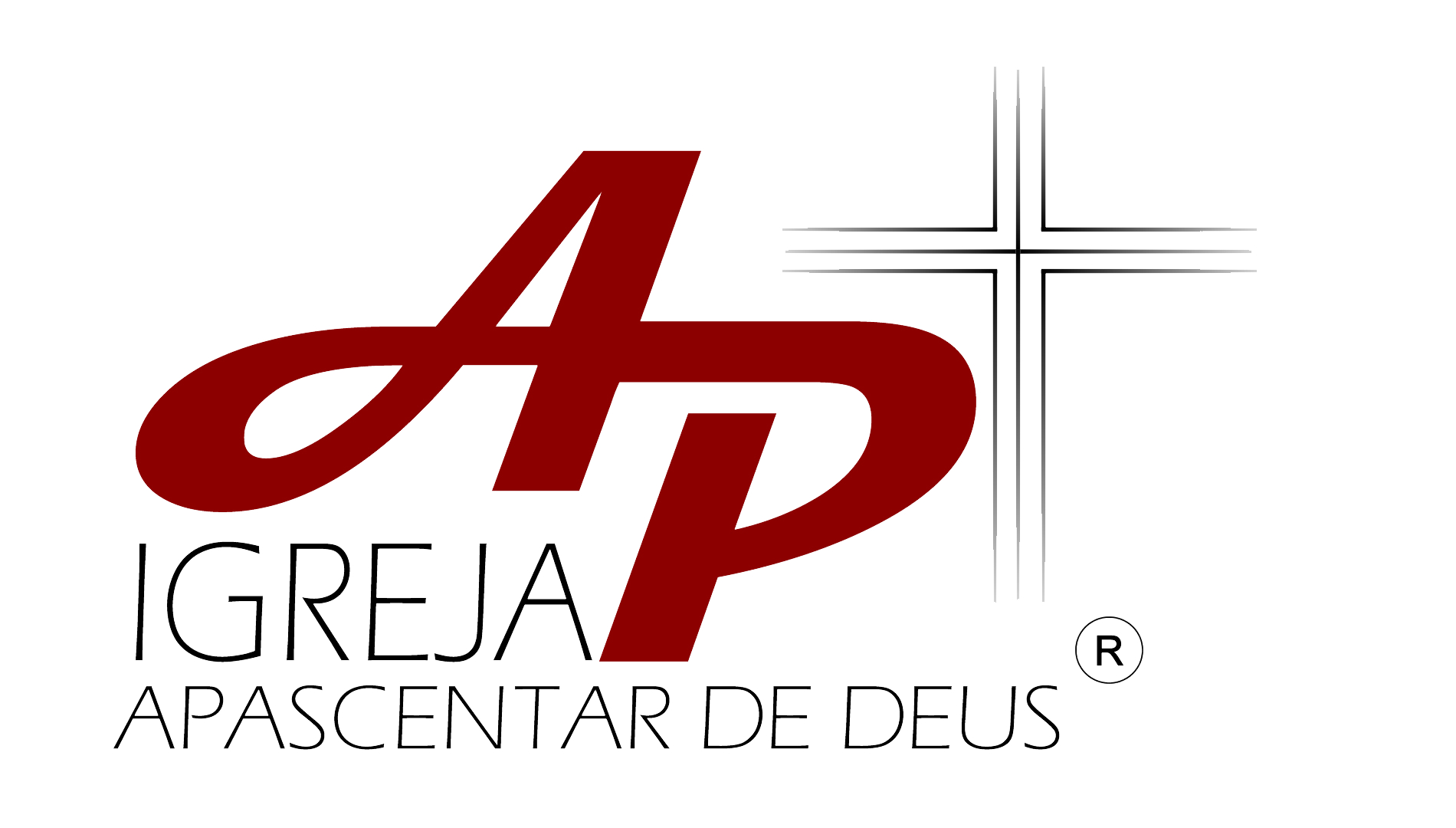
(ii) At their discounted net values in accordance with the manner of valuing assets, generally recognised in economics. (i) At their historic value in accordance with accounting conventions, that is, at the value attached to the contractual basis by which they were created. If the net realizable value of the inventory is less than the actual cost of the inventory, it is often necessary to reduce the inventory amount.
Price/Earnings-to-Growth (PEG) Ratio: What It Is and the Formula
Many agreement specify or imply how a resulting obligation is incurred. For example, borrowing agreement specify interest rates, periods involved and timing of payments, rental agreements specify rental and periods to which they apply. The occurrence of the specified event or events results in a liability.
Creditworthiness

Thus, all of the company’s assets stem from either creditors or investors i.e. liabilities and equity. Long-term liabilities, also known as non-current liabilities, are financial obligations that aren’t due within the next 12 months. Companies often take on long-term debt to fund https://rosavtomattorg.ru/en/2022/05/20/associate-treasury-accounting-at-blackrock-5/ big projects like purchasing equipment, investing in new technology, or expanding operations. It’s like taking out a mortgage to buy a house—you’ll be paying it off for a while, but it’s meant to add value over time.
Types of Liability Accounts – Examples

On the other hand, Non-current liabilities are typically financed through long-term debt instruments such as bonds, mortgages, or long-term loans. Suppose, for example, that two companies in the same industry have the same total debt. However, if one of those company’s debt is mostly short-term debt, it might run into cash flow issues if not enough revenue is generated to meet its obligations. Understanding debts and profits is all part of owning your own business. The current portion of the long-term debt in this formula will be calculated by determining the number of payments owed within the calculation’s specified amount of time. For example, if you’re accounting liabilities figuring out one year’s current liabilities, you would factor in 12 mortgage payments.

- It’s a long-term liability calculated based on factors like employee salaries, years of service, and life expectancy.
- This is an essential indicator of financial health and stability, as it shows the ability to meet immediate obligations and manage operational expenses.
- Assets are anything valuable that your company owns, whether it’s equipment, land, buildings, or intellectual property.
- Because one year is longer than the 4-month operating cycle, the distributor’s current assets includes its cash and assets that are expected to turn to cash within one year.
- Also known as short-term liabilities, these are debts or money your business owes that needs to be paid off within a year.
- Both the current and quick ratios help with the analysis of a company’s financial solvency and management of its current liabilities.
Corporate shares are easily transferable, with the current holder(s) of the stock being the owners. Earnings give rise to increases in retained earnings, while dividends (and losses) cause decreases. Understanding the difference between current and long-term liabilities is crucial for grasping a company’s financial situation. Liabilities, in general, refer to obligations or debts owed by a business or individual to another party, usually payable at a future date. Accrued expenses are listed in the current liabilities section of the balance sheet because they represent short-term financial obligations.

Intangible assets
In this system, every financial Remote Bookkeeping event affects at least two accounts. Journal entries often use the language of debits (DR) and credits (CR). A debit refers to an increase in an asset or a decrease in a liability or shareholders’ equity.

To illustrate, assume that a corporation pays $5 million to acquire a business that has tangible and identifiable intangible assets having a fair value of $4 million. The $1 million difference is recorded as the intangible asset goodwill. The general ledger account Accumulated Depreciation will have a credit balance that grows larger when the current period’s depreciation is recorded. As the credit balance increases, the book (or carrying) value of these assets decreases.





Deixe um comentário